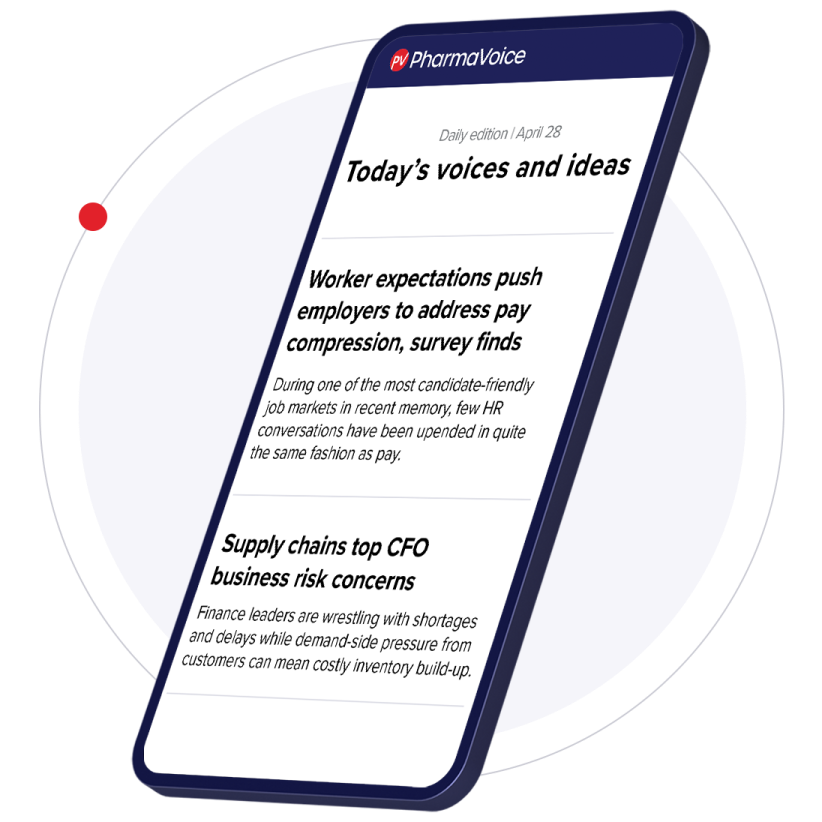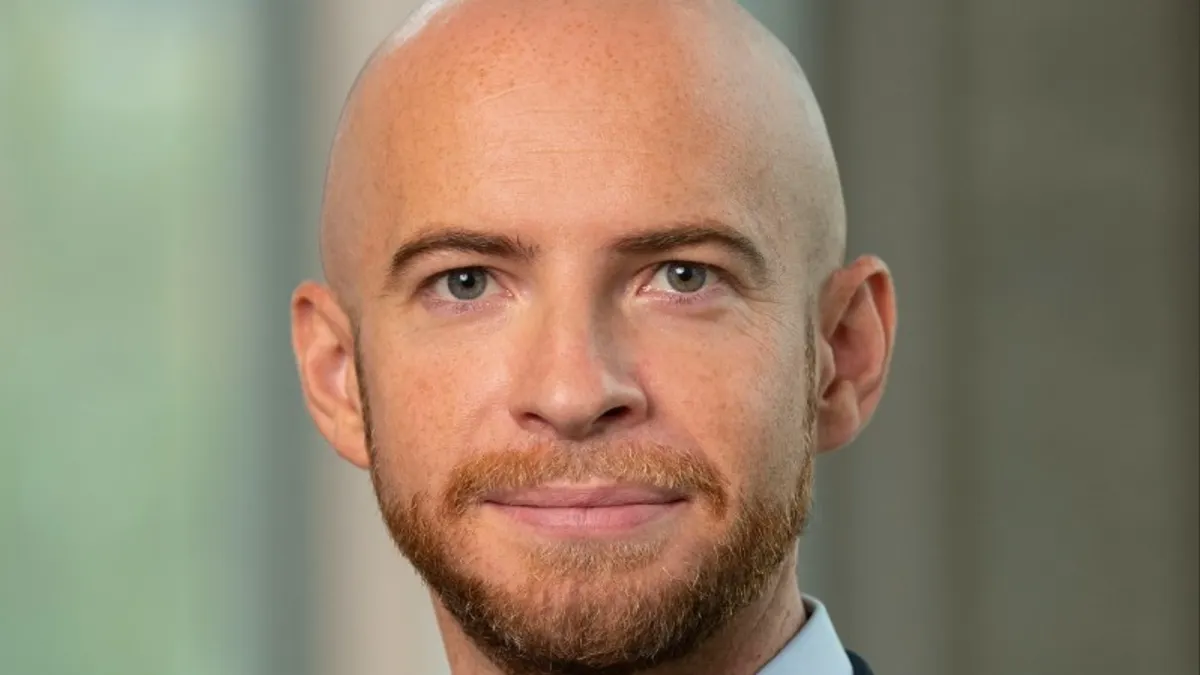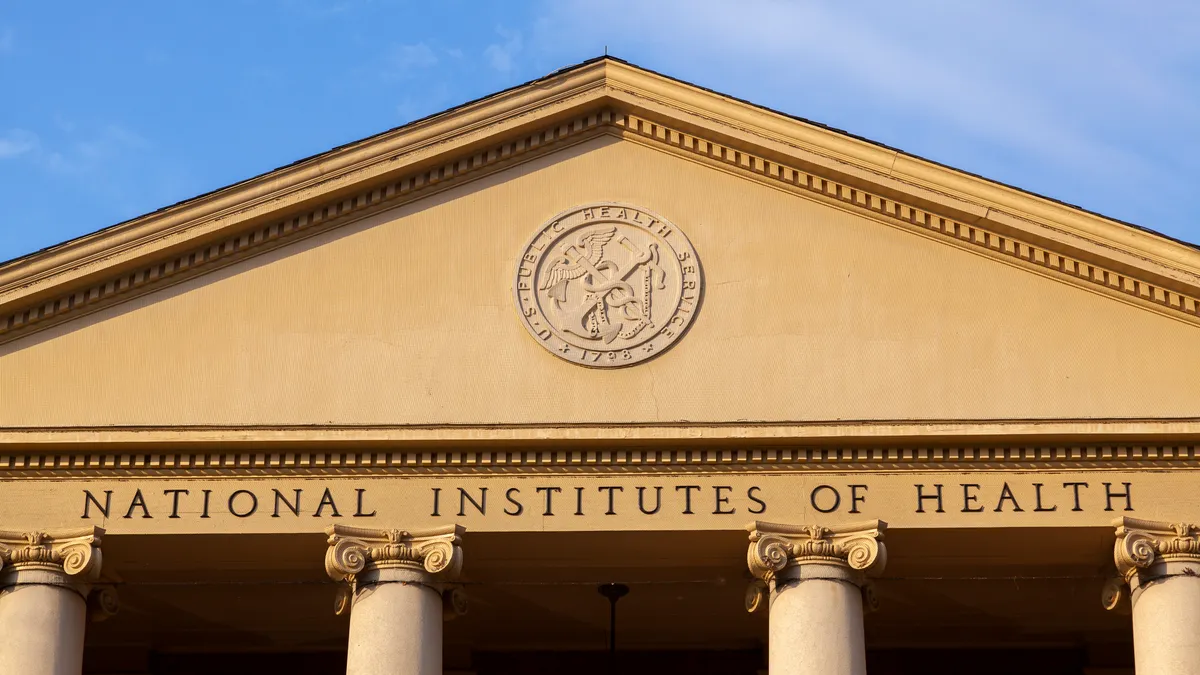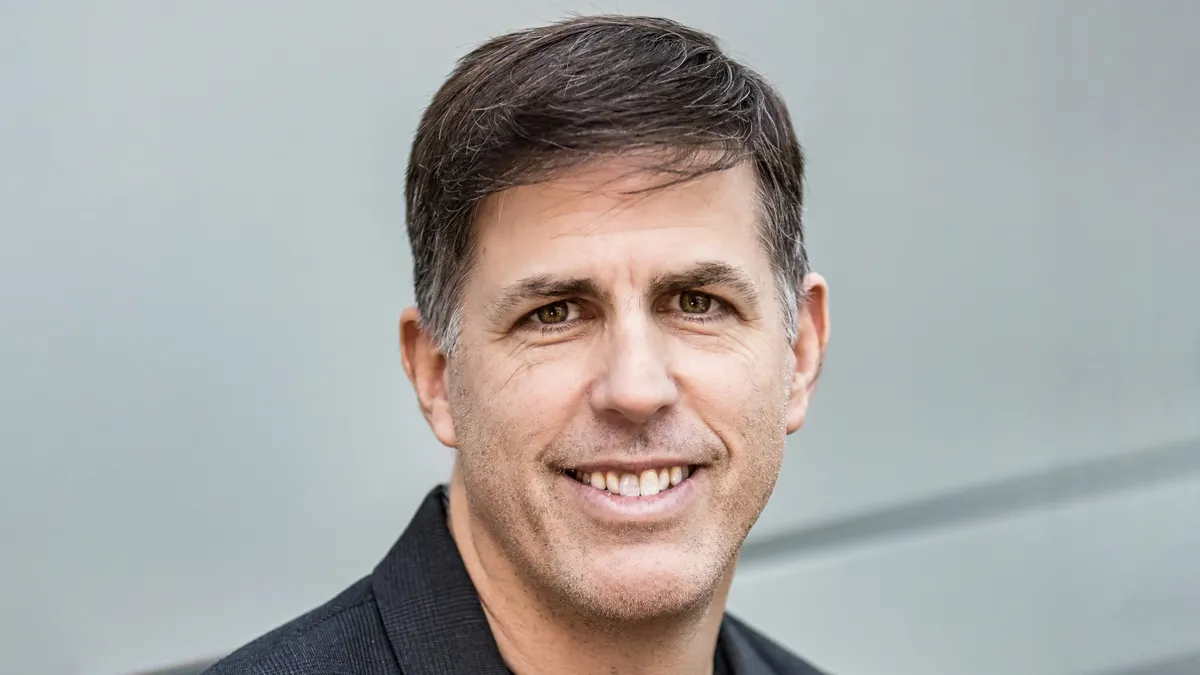The early-stage pipeline for amyotrophic lateral sclerosis drugs exploded last year. After ALS R&D notched 28 new trial starts in 2023, the rate more than doubled to 60 in 2024, Citeline recently reported.
Late-stage contenders are harder to come by, though, with just a handful of treatments in phase 3, according to ClinicalTrials.gov.
But for an illness beset by high-profile setbacks in recent years and a lack of disease-modifying options, the opportunity for each remaining candidate to deliver a breakthrough looms large.
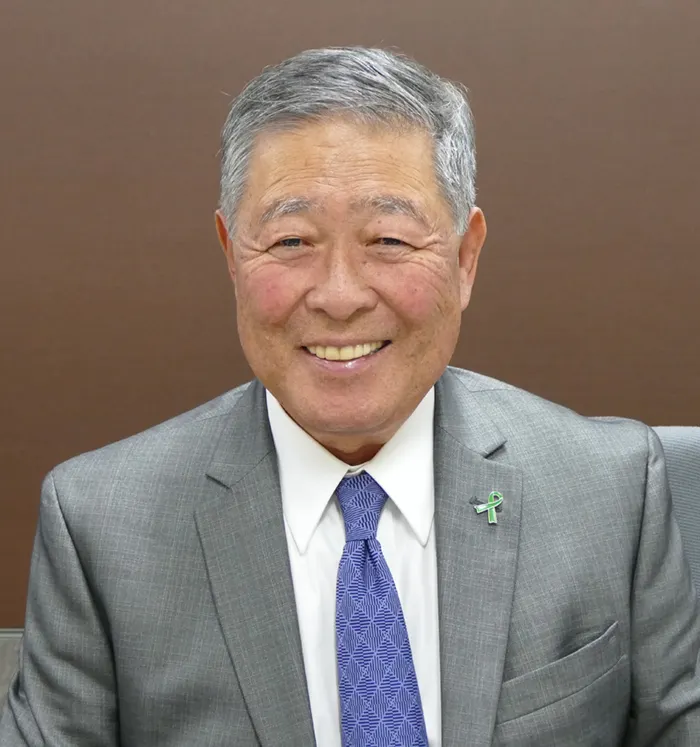
MediciNova is among the drug developers in the midst of a potentially pivotal trial. The California-based company closed enrollment for a yearlong phase 2b/3 study testing its small molecule candidate MN-166 last month.
The study could build on promising results from earlier trials that indicated MN-166 might hit a long-sought and elusive target in ALS, said MediciNova CEO, president and founder Dr. Yuichi Iwaki.
“We have seen data that it could be disease modifying,” Iwaki said.
Now the work begins to see if promising early-stage results bear fruit on a larger clinical stage.
What sets the ALS drug apart
Unlike treatments that target a single genetic mutation or pathway, MN-166’s dual-action approach makes it a standout drug in the ALS landscape, Iwaki said.
“Its differentiation comes from its unique and broad mechanism of action that’s unlike other pharmaceuticals in this area,” Iwaki said. “It’s multi-pronged, with neuro-protective and anti-inflammatory agents that inhibit several key proteins.”
MN-166 is designed to inhibit pro-inflammatory pathways including macrophage migration inhibitory factor, while boosting anti-inflammatory agents, Iwaki said. It also blocks a protein called TLR4, which is linked to neuron cell death.
A smaller, earlier-stage study for MN-166 hinted at the possibility of slowing disease progression in post hoc analysis, which revealed that 21% of patients had improved scores on a common ALS functional rating scale compared to 12% on placebo.
As part of its late-stage trial, Iwaki said MediciNova will use additional analysis to help determine the drug’s overall effect on the disease.
“The No. 1 way to measure improvement is through the slope of the functional score from baseline. The second scale is the survival rate. Those are the two gold standards,” Iwaki explained. “But we are challenging those approaches to learn more about efficacy.”
Alongside functional score improvements and survival rates, Iwaki said MediciNova will leverage a “responder analysis,” which looks at how many patients did not get worse, to help determine if MN-166 is truly disease-modifying.
“If patients did not get worse, then progression has stopped,” Iwaki said. “That is a huge message.”
How to succeed at ALS R&D
MN-166’s clinical road to this point has been long. The treatment’s key ingredient, ibudilast, was first approved to treat asthma in Japan in the 1980s. But researchers also saw multiple sclerosis efficacy in mice, Iwaki said. MediciNova ultimately picked up the drug from its developer, Kyorin Pharmaceutical, to continue developing it for MS in the U.S.
MediciNova is now in mid-stage MS studies with the candidate, alongside its programs in ALS and other neurodegenerative diseases. But the drug’s potential could be broader, and it’s also being tested to treat several forms of addiction, including alcohol and opioid dependence.
To keep the clinical wheels turning, MediciNova has avoided traditional biotech market fundraising by leveraging grants, partnerships and a touch of good fortune.
NIH funding has played a role in a few of the company’s studies, and so far, none of them have been impacted by the sweeping cuts in government spending.
“We’ve been so lucky,” Iwaki said.
Other government agencies are funding research into MediciNova’s candidates through studies run at academic and medical research institutions like the University of Cambridge and UCLA. Although this patchwork of funding sources and partnerships puts MediciNova at risk of facing cuts if more government spending is slashed, Iwaki said the company is currently in an “enviable financial position.”
“I’d encourage more biotech companies to apply this strategy,” Iwaki said.
As of the most recent quarterly reporting, the company had $340 million on hand, no debt and an annual cash burn of $12 million to $13 million, Iwaki said. In addition to being capital efficient, the company also keeps operations lean.
“We don’t make a show … or wear fancy jackets to meetings,” Iwaki joked. “The only thing that adds value to the company is clinical data.”
The company has no need to raise funds in the coming years and boasts a sufficient cash runway to carry it through the next ALS catalyst. Its current late-stage study is slated to end in August, but interim data could emerge sooner.
In the meantime, Iwaki said the company will start preparing an approval package for the FDA.
“We can’t guarantee FDA filing and don’t want to mislead ALS communities,” Iwaki said. “But we are working in that direction.”




